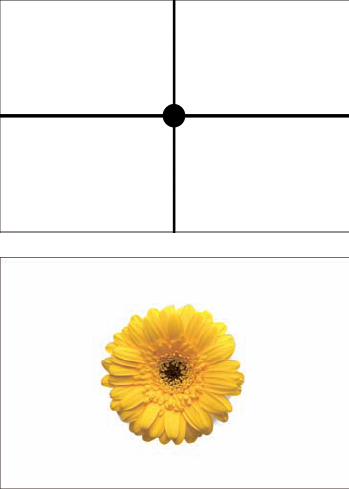Chapter 5. Symmetry and Balance
Not every rule can apply to every situation, and there are times when an evenly balanced image with good symmetry works really well. So when do you choose symmetry and balance over tension and the Rule of Thirds, and how can you use it to improve your compositions? What design elements should you look for and what shapes work best? In addition to these points, I'll also talk about reflections and how they can add balance to your images, especially when shooting landscape scenes.

I centered the vents in the frame, as they were centered in the wall of the building. The symmetry of the building strengthens the composition. Taken at ISO 800, f/13, and 1/60 second.
What Symmetry and Balance Mean
To understand how and when to use symmetry and balance effectively in your images, you first need to know what symmetry and balance mean.
When you place the main subject of your image in the exact middle of the frame, the image seems to be symmetrical; it is balanced with the same amount of space on each side (see Figure 5.1).

Figure 5.1. If you look at the grid produced when you have a vertical and horizontal line bisecting the image, you see that any subject placed alone in the center can create a symmetrical and balanced composition, as is the case with the flower shown ...
Get Composition Digital Field Guide now with the O’Reilly learning platform.
O’Reilly members experience books, live events, courses curated by job role, and more from O’Reilly and nearly 200 top publishers.

